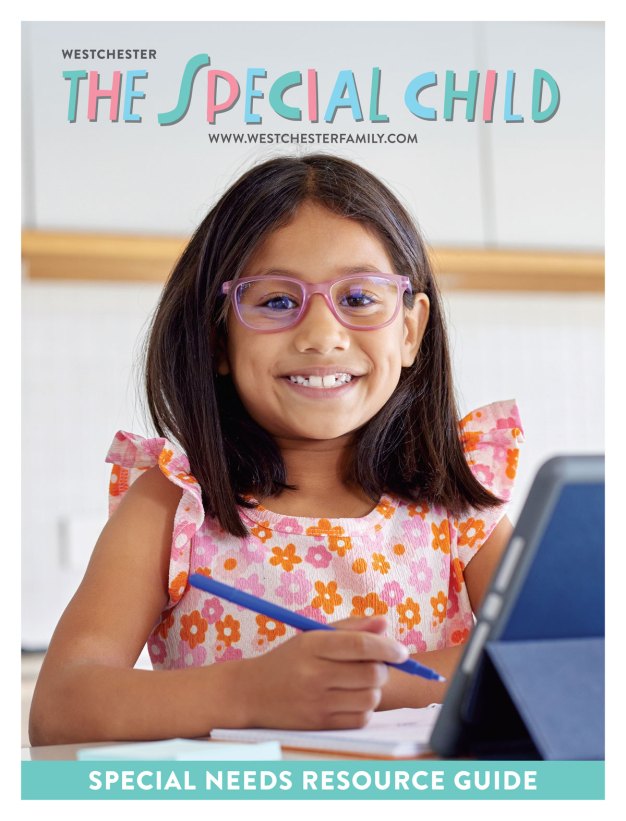As parents we do everything in our power to avoid an uncomfortable and painful rash for our little ones, but realistically, even the most diligent parent may have to deal with diaper rash in the first few years of parenthood. Knowing the common culprits of diaper rash and how to treat it will help keep baby happy and rash free.
Common Culprits of Diaper Rash
Culprit # 1: Infrequent Diaper Changes
We have the best intentions when it comes to changing our babies but sometimes things happen and that wet diaper stays on a little too long causing red, sore, irritated skin. Even the most absorbent diaper can allow wetness to touch the skin, which can leave baby’s bottom red and irritated.
Culprit # 2: Yeast Infection
The diaper area is warm and moist, making it easy for bacterial infections, like yeast, to grow and flourish. Yeast passes through the child’s digestive system and eventually lands in the diaper next to the warm damp skin. This can result in a rash in the folds of the skin. Regular diaper creams won’t improve this type of rash. It’s best to speak to your doctor about treatment, which may include an antifungal cream.
Culprit # 3: Allergies or Sensitivities
It is possible your baby is sensitive to the brand of diapers or wipes you are using. Your child could also have an allergy to a new food that is causing loose stools, which in turn cause added irritation and wetness in the diaper area. With some trial and error you may be able to narrow down the cause of the rash and help your child’s rash improve greatly with a few small changes.
Treat and Prevent Diaper Rash
Change Diapers Often. Change baby’s diaper at least every two to three hours. If you notice a bowel movement change the diaper immediately though you do not need to wake a sleeping baby to change their diaper.
Clean and Dry. Make sure baby is clean and dry before putting on a new diaper. Remember to pat baby dry rather than rub which further irritates skin.
Air Dry. Let baby go diaper free. When weather allows, spend some time outside sans diaper. The fresh air will help baby heal faster.
A Gentler Clean. Use mild, alcohol free wipes or try using a squirt bottle of water to gently clean baby.
Read the Label. Use a diaper cream with zinc oide or petroleum jelly on the ingredient list. Apply a protective layer of cream to help prevent future rash.
Go Green. Cloth diapers made with natural fabrics are gentler than disposable diapers which may contain chemicals that can irritate baby.
Try Homemade. Making homemade wipes or diaper cream allows you to decide what ingredients touch your baby’s skin and therefore avoid any harsh ingredients store bought products may contain.
Healthy Belly. Probiotics can help prevent yeast infections. Check with your pediatrician to see if he can recommend a probiotic that is safe for your child. Some research has shown that consuming probiotics can positively affect your child’s balance of bacteria.
Try Something New. Experiment with a new brand of diaper or wipes, change your cloth diaper detergent, make sure your baby has a proper fitting diaper, take note of any reactions to new foods, and remember every baby is different so what works for one child may not be a good fit for another child.
Chances are your baby will develop a diaper rash at least once before toilet training is complete but with these tips, baby should be comfortable and rash free in no time.
Sarah Lyons is a mother of six who has a lot of experience in changing diapers.












